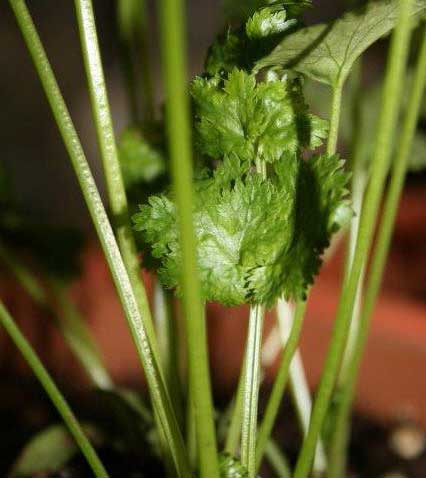| Nutrients in seaweed |
Role in plant metabolism |
| Calcium |
cell wall, nucleus and mitochondria synthesis |
| Magnesium |
Component part of chlorophyll.
Formation of ribosome which is the production facility for protein and enzyme.
Involve in enzymatic reactions in energy metabolism, synthesis of nuclear, chloroplast, and ribosomal constituents. |
| Soluble potash K2O |
Play essential role in respiration and carbohydrate metabolism. Enhance several enzymes in protein synthesis. |
| Nitrogen |
Constituent of proteins, genetic elements, namely, DNA, and RNAs. |
| P2O5 |
Energy transfer, sugar and starch transformation, photosynthesis, mobilization of nutrient in plant, constituent of genetic elements. |
| Sulfur |
It forms part of the amino acids cysteine, cystine and methionine. Stabilizing the tertiary structure of proteins and enzymes. |
| Iron |
It form part of the catalytic sites of enzymes involved in photosynthesis and it is essential for the formation of chlorophyll. |
| Manganese |
It activates some respiratory enzymes and in reactions of nitrogen metabolism and photosynthesis. It also required by some enzymes involved in the metabolism of the hormone indoleacetic acid. |
| Boron |
Its role in plant metabolism is not clearly understood yet but experiments demonstrated it increases the rate of sugar translocation and absorption through the leaf surface. It may also involve in cell differentiation and development. |
| Copper |
It is part of a number of enzymes involved in defend mechanism and photosynthesis. |
| Zinc |
It is directly involve in the synthesis of indoleacetic acid, activator of several important dehydrogenases and protein synthesis. |
| Molybdenum |
Its most important role is in nitrate reduction and nitrogen fixation. |
| Chlorine |
Absolutely required for photosynthesis. |
| Alginic acid |
A soil conditioner, it improves water-holding characteristics of soil and help the formation of crumb structure improving aeration and capillary action. These in turn stimulate the root systems of plants to further growth, and so stimulate the growth of soil micro-organisms and increase the decomposition of seaweed to release more nutrient and production of more soil stabilizer — polyuronides. |
| Amino acids |
Building blocks for proteins and enzymes. |
| Auxins |
Plant hormone, a growth regulator. |
| Gibberellins |
Promote elongation, flowering and breaking of dormancy in germination. |
| Cytokinins |
Stimulate cell division and the onset of senescence of aging tissues. |
| Many different types of polysaccharides, such as laminarin and fucoidin |
Beside as food sources for plants, they also stimulate defense reactions of agricultural crops. |
| Mannitol |
Increases plant resistance to drought and possibly respond to pathogenic attack. |
| Carbohydrates and Fat |
Cell membrane building block and energy sources. Essential constituents of seeds. |
| Protein |
Plant can breakdown protein into amino acids, which are largely oxidized to CO2, while simultaneously synthesizing protein from amino acids newly formed from sugar carbon. |
| Tannins |
Act as a barrier for micro-organisms like bacteria and fungi and protect the plant. |
| Vitamins |
Increase plant resistance to drought and cold, provide protection from UV radiation. Assist in the development of root system, stems and leaves. Facilitate movement of food from leaves to elsewhere in the plants |
| Organic matter |
Soil conditioning and maintenance of healthy microbial ecosystem; water and nutrients retention for plant. |


